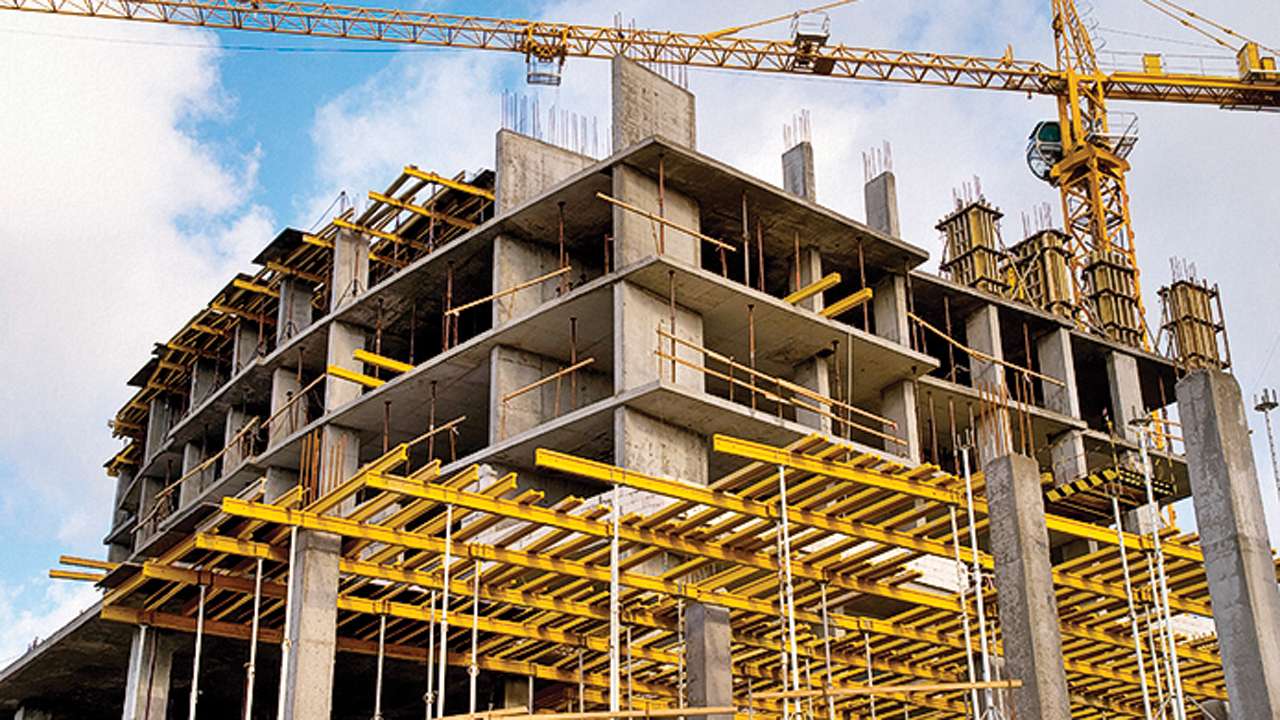
BUILDING & CONSTRUCTION
When it comes to building and construction projects that are unique and expensive for a client, there are several factors that come into play. These types of projects typically involve custom designs and require the use of high-end materials, advanced technologies, and skilled labor to bring them to fruition.
One of the most important factors that contributes to the uniqueness and expense of these projects is the level of customization required. Unlike traditional building projects that follow a set of standard designs and specifications, unique and expensive building projects require a high degree of customization to meet the specific needs and preferences of the client. This can involve the use of specialized building materials, unique architectural features, and customized interior and exterior finishes.
In addition to the customization aspect, these types of projects also often require the use of high-end materials and technologies that are not commonly found in traditional building projects. This can include advanced structural materials such as carbon fiber or titanium, as well as innovative energy-efficient technologies such as solar panels or geothermal systems.
Another key factor that contributes to the expense of these projects is the level of skill and expertise required by the construction team. Unique and expensive building projects require highly skilled architects, engineers, and builders who have the experience and knowledge to bring complex and innovative designs to life. This level of expertise often comes at a premium, which can drive up the overall cost of the project.
Despite the high cost, there are many benefits to investing in a unique and expensive building and construction project. These projects can provide a high level of customization and functionality that cannot be achieved through traditional building methods. They can also be highly energy-efficient and sustainable, which can lead to long-term cost savings and environmental benefits.
In conclusion, building and construction projects that are unique and expensive for a client require a high degree of customization, advanced materials and technologies, and skilled labor. While these projects can be costly, they offer a range of benefits, including high levels of customization and functionality, energy efficiency, and sustainability, that can make them a valuable investment for clients who are looking to create a truly unique and exceptional building project.
When it comes to the unique and expensive power plants that are designed for high-end clients, there are several factors that come into play. First and foremost, these facilities are typically custom-designed to meet the specific needs of the client, which requires a significant amount of research, development, and testing. This can involve the use of cutting-edge technologies, such as advanced turbines, solar panels, or geothermal systems, that are not commonly found in traditional power plants.
In addition to the advanced technology, these power plants often require a high level of security and redundancy to ensure uninterrupted power supply. This can include multiple backup generators, sophisticated control systems, and advanced monitoring and diagnostic tools that allow for real-time analysis of power output and system performance.
the most important features of building and construction:
Structural Integrity: A building must be structurally sound and able to withstand the stresses and strains of its intended use. This requires careful design, high-quality materials, and skilled construction techniques.
Safety and Security: Buildings must be designed to meet rigorous safety standards, including fire safety codes, structural safety codes, and accessibility requirements. Additionally, they must be designed to provide adequate security against intruders and other potential threats.
Energy Efficiency: Buildings must be designed to minimize energy use and maximize energy efficiency. This can include the use of energy-efficient building materials, such as insulated windows and high-efficiency heating and cooling systems.
Environmental Sustainability: Building and construction projects must be designed with the environment in mind. This can include the use of sustainable building materials, such as bamboo or recycled materials, and the incorporation of renewable energy sources, such as solar panels or geothermal systems.
Functionality: A building must be designed to meet the functional needs of its occupants. This can include features such as open floor plans, ample natural light, and efficient use of space.

